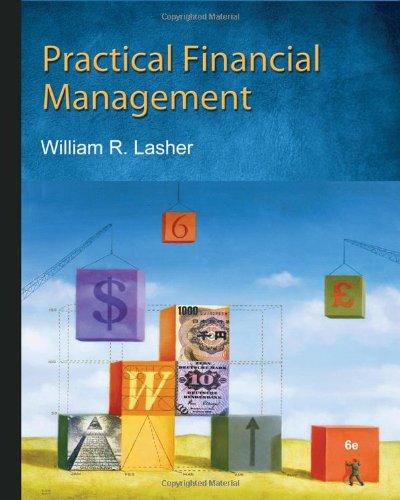Question
Your friend manages a portfolio of stocks. He picks a group 20 stocks that have had high returns in the recent past, and he claims
Your friend manages a portfolio of stocks. He picks a group 20 stocks that have had high returns in the recent past, and he claims he can beat the market by doing so.
a. What form of market inefficiency is your friend attempting to exploit?
b. Your friend proudly points out that his portfolio earned an average rate of return of 6% over the last ten years. In contrast, the market portfolio has only managed a rate of return of 5% per year on average. This fact is proof, he says, that his trading strategy is successful at beating the market. You decide to investigate this claim further. You find that his portfolio has a correlation with the market of 0.9 and a standard deviation of 0.27, and the market portfolio has a standard deviation of 0.12. If the risk free return over the last ten years has been 3%, has your friend really succeeded in beating the market? Explain your answer and support it with calculations.
c. Assuming the CAPM holds and the market is semi-strong form efficient, what trading strategy could you employ that would give you the same risk as your friend's, and yet give you a higher expected return? You may buy any portfolio of stocks you want, including the market portfolio. You can also buy a risk free asset and borrow at the risk-free rate of 3%. The forward-looking equity market risk premium is 7%. Be quantitatively precise in your answer.
Step by Step Solution
There are 3 Steps involved in it
Step: 1

Get Instant Access to Expert-Tailored Solutions
See step-by-step solutions with expert insights and AI powered tools for academic success
Step: 2

Step: 3

Ace Your Homework with AI
Get the answers you need in no time with our AI-driven, step-by-step assistance
Get Started


